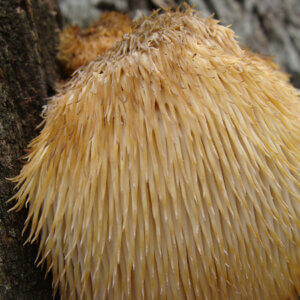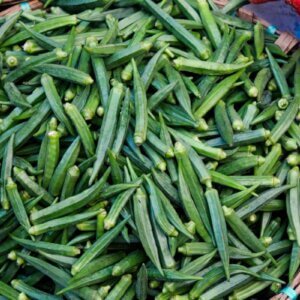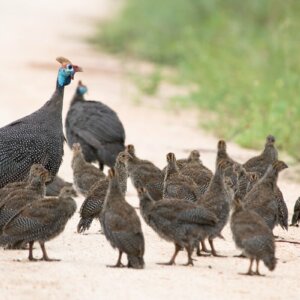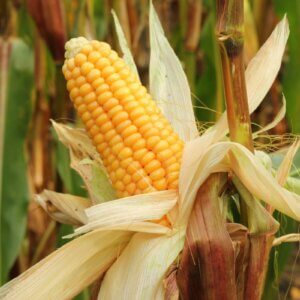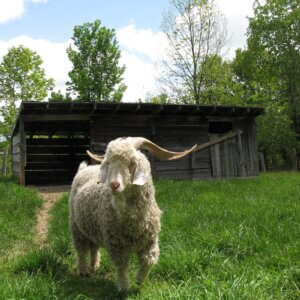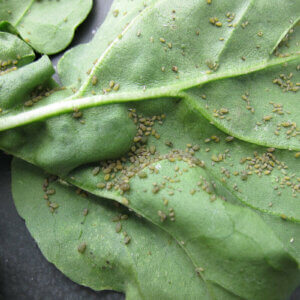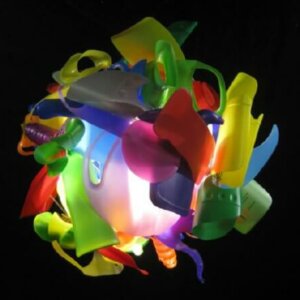
- Purpose: Meat
- Eggs: Brown
- Egg Size: Small-Medium
- Color: White
- Comb Type: Single
The most common and potentially most controversial of the chickens, the Cornish Cross is the modern broiler bird.
Though it is not a breed in its own right–it’s a hybrid of certain secret strains that include Cornish and White Plymouth–it is certainly distinct from any other chicken you will see. When you pick up a package of chicken breast or legs at the supermarket, it is certain that it is the meat of a Cornish Cross you hold in your hand.
Both praised for their rapid growth and decried as “Frankenchickens,” this is certainly a bird to stir up opinions and conversation!
Raise a heritage breed alongside the Cornish Cross hybrid, and you will soon see why they are esteemed for their ability to convert feed into muscle. These birds have a growth rate that is unsurpassed by any other chicken type.
They are typically butchered at 8 weeks, an age that some heritage chicken breeds may still be sporting a bit of baby fluff! Though they eat a lot, they have been specifically developed to turn their feed into as much body weight as possible.
The large, butchered carcass of the Cornish cross will satisfy every expectation you would have for a dressed chicken. With huge thighs and a wide, ample breast, it is the chicken meat that we’ve grown accustomed to.
The Beginner’s Guide to Raising Chickens
Thinking about getting your next flock of chickens?
Quit searching around the internet and take a look at our complete course to Raising Chickens.
Our instructor Wren gives you 22 key lessons over nearly 3 hours of videos covering everything you need to know to get started with your first flock, caring for chickens, keeping them healthy, diagnosing problems, and more.
Characteristics
With bright white feathers and a single red comb, the Cornish Cross will certainly stand out from other, more colorful birds. Everything about it is wide–from its broadly muscled body, huge breast, and yellow legs set far apart.
These are all clues to the influence of the Asil breed that contributed to its development. Even its face still carries a touch of the fierceness of its fighting ancestors. Those white feathers also result in a more “normal” looking butchered bird–you won’t have to worry about having dark pinpricks from colored feathers!
If It’s A Self-Sustaining Bird You’re After, Look ANYWHERE Else
That rapid weight gain and meat production comes at a price, and with the Cornish Cross, that price is their health, intelligence, and longevity.
These birds have been bred to eat, but with all that consumption, you can expect far more chicken poop on the ground than with other breeds. Of course, the cleanliness of a coop is the responsibility of the keeper, not the chicken, but these birds will keep you busy! That drive to eat constantly makes them large, but you must plan on monitoring their food intake so that they don’t overeat themselves to an early death.
As a result, the physical stress of creating so much muscle so quickly very often leads to leg problems and organ failure. The massive weight of their developing systems makes it usually impossible for them to perch, and they often prefer to sit on the ground.
Chickens can develop sores on their breastbones from having them pressed down for so much of the day. Cornish Cross need to be butchered so young in part because it is sometimes a risk for them to attempt to reach adulthood.
These bright white birds are also very easy for predators to spot if you are able to free-range them. Certainly the brawn and not the brains of the chicken world, you’ll need to do what you can to protect them.
What’s the Yield?
These birds are intended solely for meat production and produce meat they do. At their typical butchering age of 8 weeks, males will have reached 10 pounds and females 8 pounds.
Though many have tried, using this breed as a pet is almost guaranteed to end in premature heartbreak. Though they are calm in nature, a Cornish Cross would be considered ancient if it were able to reach 18 months of age, so a longer-lived breed like the Cochin or Croad Langshan would be a far superior choice.
Finally, the jury is out on attempts to use these hybrids for egg production. They are certainly capable of laying eggs, but since hens were never intended as layers, information on the frequency and quality of their brown egg production is difficult to come by.
Pictures Of Cornish Cross Chickens
Resources
- Raising Cornish Cross Chickens For Meat, Purely Poultry
- Cornish Cross, The Modern Homestead
- Cornish Cross, Backyard Chickens
- What’s Up With The Cornish Cross?, Community Chickens
- Free Range Cornish Cross, Imperfectly Happy
- Raising Meat Chickens, The Self Sufficient HomeAcre
- Can You Keep Cornish X Chickens As Laying Hens?, The Self Sufficient HomeAcre
- Cornish Cross Heritage Chickens, Mother Earth News
- Cornish Cross Broilers, Purely Poultry
- Cornish Cross — Meat Birds, Backyard Chickens
- Chooks, Henderson’s Handy Dandy Chicken Chart
- Broilers, Feathersite


